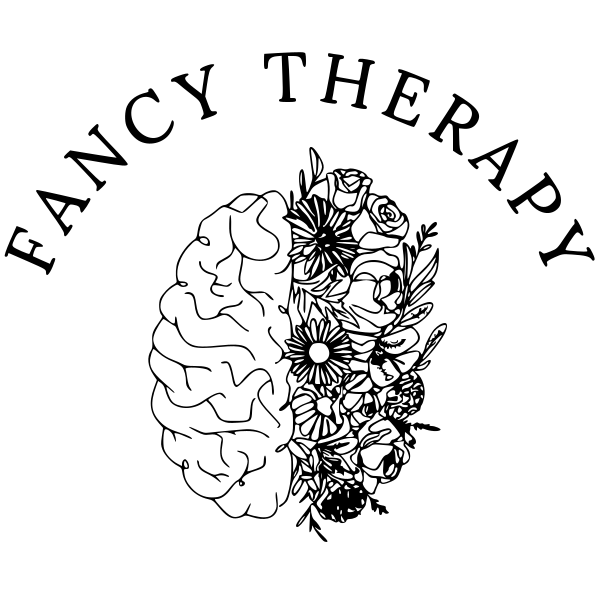Exploring Jungian Analytical Psychology, Depth-Work, and Symbolism; Part 2
In this blog post I will continue the exploration and discussion of Jung’s Analytical Psychology approach, where in Part 1 I disclosed Exploring the Unconscious and Confronting the Shadow as one conceptual schema; in Part 2, I will share the concept of Anima and Animus, and its relationship to one’s Ego, Persona, and the Self, within the Personal Unconscious and embedded in the Collective Unconscious. It will also tie into the process of Individuation, which will provide additional information and tools regarding how a person can accomplish this process for themselves using the techniques and concepts introduced in this series of blog posts.
As Jung outlines in several of his books, although drawing primarily from Man and His Symbols, the Anima and Animus represent the patterns of behaviour that are typically construed as Feminine and Masculine respectively; these archetypes reflect the aspects of each within one person, and their Self would be the integration of both as a whole (a unified global self that is not fractured and does not work against itself or each of its constituent parts in the psyche). An example of each aspect, speaking quite generally, would be the care-giving trait, and the adventure-seeking trait; these are documented in the scientific literature on personality, and without necessarily being universally applicable nonetheless underlie the traditional understanding of genders, roles, and typical behaviour patterns. The point is to balance both and achieve a functional wholeness, where both aspects play a part in the everyday decision-making and life-living of that person and they can develop a vision of both a desirable future and way of being. It is important to note that both male and female possess their psychological opposite within, and so no matter what each person has some element of one of these archetypal entities; again, typically, the male will have the feminine Anima as a counterbalancing force to their natural masculine biology, and vice versa. It is not a question of physical sex per se, but rather to what degree this entity exerts its influence on that person, and how each individual seeks to manifest the totality of who they are and are becoming. This process of individuation is the cornerstone of Analytical Psychology, and psychotherapy as a whole; by observing the Self and conducting inner dialogue (through meditation, prayer, or simply shutting out stimuli) one can begin to understand how they wish to develop themselves as a human being with will, agency, and drives. If one wishes to be more analytical, detail- oriented, and overcome barriers, they might develop their Animus more; if one wished to be more caring, soothing, and develop relatedness, one might work more on their Anima. The interesting part is that these concepts transcend the individual or personal consciousness, and so they do not necessarily reflect on the physical reality, but rather the psychological; as part of the Hero’s Journey and Individuation, it is up to the subject to decide how they wish to develop these entities as part of their Self, and can pursue this on their own or in conjunction with psychotherapy. By taking the collective unconscious phenomenon and producing it from within the personal unconscious, one becomes more of who they are meant to be while still manifesting what it means to be a developed human being in general. I hope this last blog post offers some insight into one of the most interesting and essential elements of analytical psychology, and comes away from the reading with a better idea of how they wish to be and to live their lives. If any of the readers are interested in learning more about this concept but are unsure where to start, I would encourage you to visit this resource as one of the documents used to fill this post (Centre of Applied Jungian Studies; https://appliedjung.com/the-archetypes-of-the- anima-and-animus/)




